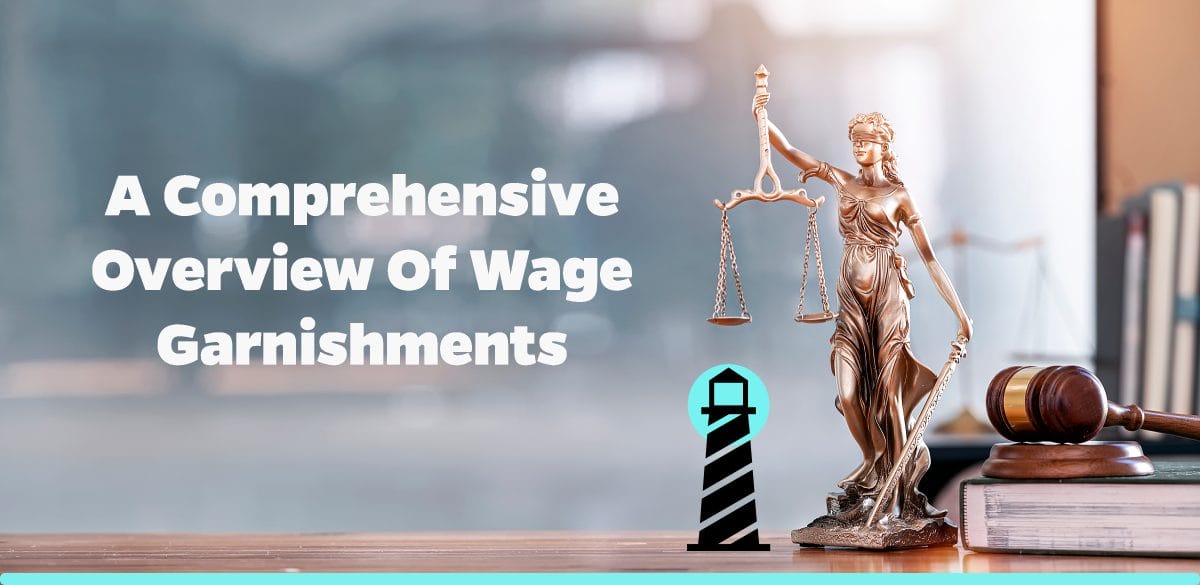Understanding the Concept of Wage Garnishments
Wage garnishment, by design, is a legal means that creditors deploy to recover money from individuals who owe substantive debt. Through the garnishment process, a proportion of an individual’s income, such as wages or bonuses, is diverted directly to the creditor—providing a secure way for creditors to collect debts. This method is executed through a court order or government agency, to reduce the chances of default. In order to fully comprehend this concept, a complete overview of its specifics is absolutely essential.
When does Wage Garnishment occur?
A wage garnishment only takes effect when people find themselves unable to complete the payment process of a significant debt. These circumstances could vary from credit card saturation, alimony and child support, overdue taxes, or defaulted loans. When informal attempts fail, creditors opt for this legal action.
One key thing to note is that creditors cannot just impose a wage garnishment at their own behest. It requires a court order, a judgement issued against the debtor once the creditors have sued for unpaid debts and won. The exception to this rule would be unpaid income taxes, child support, student loans, or court orders.
The Wage Garnishment Process
A wage garnishment is an involved process with a specific flow of actions. Below is a brief rundown of the process:
– The Creditor files a case against you for non-payment.
– The creditor wins the lawsuit and the court awards a judgment.
– The creditor requests the court for a wage garnishment order.
– If granted, the court notifies your employer about the wage garnishment.
– Your employer needs to comply and starts garnishing your specified amount from your salary to send directly to the creditor.
Impact of Wage Garnishments on Employees
Wage garnishments pose a significant impact on the everyday life of an individual, particularly employees. For one, it’s characterized by a reduction in take-home pay that can impose a financial burden. Additionally, it could potentially affect their job security as managing garnishment proceedings can be an administrative burden for employers. However, federal law prohibits an employer from firing an employee whose wages are being garnished for a single debt.
Limitations on Wage Garnishments
It is important to note that there are limitations to wage garnishments. Federal law limits how much creditors can take from your paycheck. The limitation is based on the percentage of your disposable earnings (after tax income). For ordinary debts, the limit is 25%, but for child support, it could be 50% – 60% if the debtor is supporting another child or spouse. For unpaid taxes, the federal government has a sliding scale.
Stopping a Wage Garnishment
Stopping a wage garnishment isn’t impossible. There are several ways you can go about it such as objecting to the garnishment, filing for bankruptcy, settling the debt, or getting debt counseling advice. Another effective approach is contacting a nationwide tax relief company like Brightside Tax Relief. This company is equipped with expertise in handling tax-related debts and wage garnishment cases. They’ll guide you towards better understanding your situation and work out the best feasible plan for you.
Wage Garnishment and the IRS
When it comes to unpaid taxes, the IRS doesn’t require a court order to proceed with a wage garnishment procedure. It has its own protocols and proceedings. You can explore more information and details regarding wage garnishments and the IRS on the IRS’s official website, at IRS Wage Garnishments.
In Summary
Every individual navigating this garnishment process needs a comprehensive understanding of their situation and the fundamental pillars surrounding wage garnishments. From recognizing its occurrence, the process, potential impacts and limitations, to knowing ways of halting its course—each piece of information holds significant value. With this fundamental knowledge in place, you can make informed decisions and take appropriate actions when faced with potential wage garnishments. Additionally, leveraging professional help such as that provided by Brightside Tax Relief can ameliorate the process and paint a clearer, brighter picture of your financial future.




